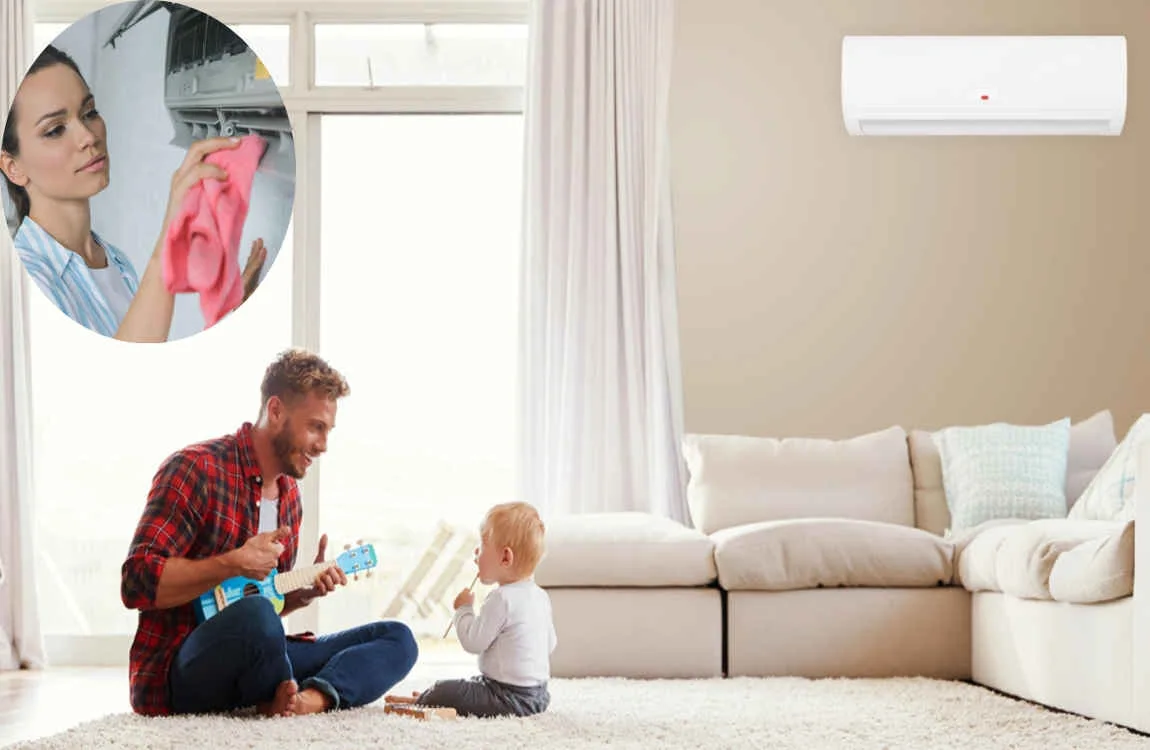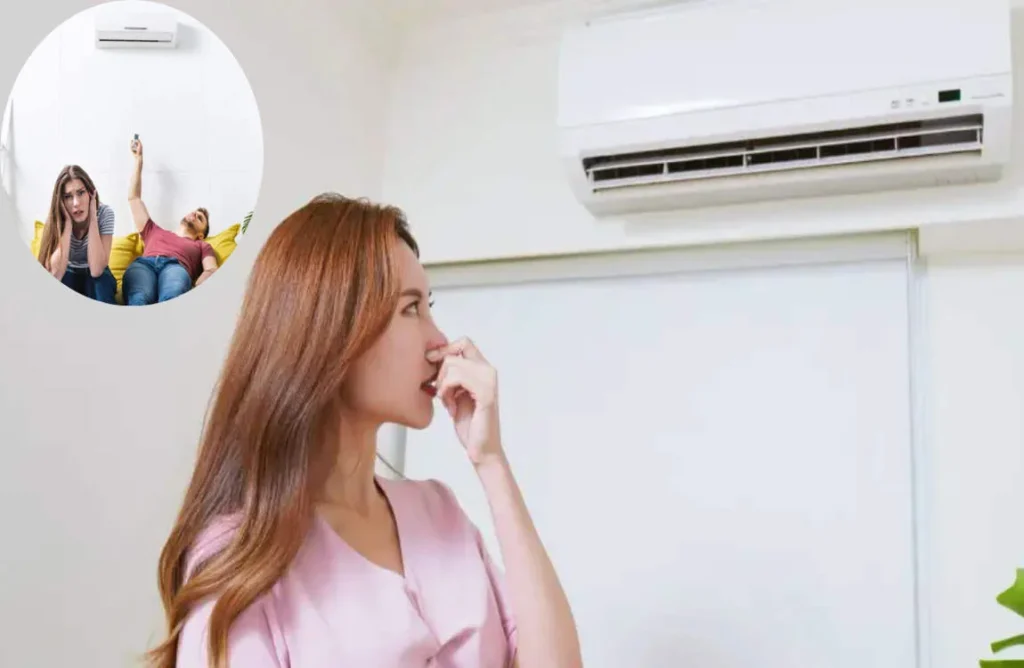Air conditioners (AC) impact home comfort not only by cooling air but also by managing indoor dampness through humidity control. Excessive indoor humidity can make rooms feel warmer and damper, reducing AC efficiency and comfort. High humidity forces AC units to work harder, increasing energy use and wear, while inadequate dehumidification can leave rooms feeling damp and muggy. Modern ACs and dry-mode settings help reduce indoor moisture efficiently, improving comfort and protecting homes from mold, mildew, and structural damage caused by excess dampness. Proper AC sizing, maintenance, ventilation, and, in some cases, supplemental dehumidifiers are crucial for maintaining a balanced level of indoor dampness and comfort.
What is Dampness and Why is it a Problem?

Dampness refers to the presence of excess moisture in the air or materials within a home. It often manifests as condensation on windows, musty odors, or even visible mold growth.
This seemingly harmless issue can lead to significant problems over time. High humidity levels create an ideal environment for mold and mildew, which can adversely affect indoor air quality. Breathing in these spores may trigger allergies and respiratory issues.
Understanding dampness is essential for maintaining a safe and comfortable living space. Taking proactive steps helps you avoid the nasty consequences associated with this pervasive problem.
The Role of Air Conditioning in Controlling Dampness
Air conditioning does more than cool the air. It plays a crucial role in managing dampness levels within your home. By lowering humidity, AC units help create a more comfortable environment.
As they operate, air conditioners draw moisture from the indoor air. This dehumidification process is essential for preventing excess house dampness and mold growth. A well-functioning system can keep indoor humidity between 30% and 50%, which is ideal for health and comfort.
However, relying solely on an AC unit isn’t enough. Regular maintenance checks ensure that it runs efficiently and effectively combats humidity issues. Filters should be cleaned or replaced often to maximize performance.
Signs of Excess Dampness in Your Home
Excess dampness can manifest in various ways throughout your home. One of the most noticeable signs is the appearance of mold or mildew. These unsightly growths thrive in humid conditions and can be found on walls, ceilings, and even furniture.
Another indicator is a musty odor that lingers, particularly in areas such as basements or bathrooms. If you notice this smell but can’t pinpoint its source, it may be time to investigate further.
Peeling paint or wallpaper is also a red flag. When moisture seeps behind surfaces, it disrupts adhesion and causes materials to deteriorate.
Keep an eye out for condensation on windows as well. This occurs when warm air meets cold glass—an indication of high humidity levels inside your home.
You may also read (how to fix a leaking plumbing stack in your home).
If you experience frequent allergies or respiratory issues among family members, excess dampness might be contributing to those health concerns.
The Importance of Proper Ventilation

Maintaining a healthy indoor environment requires proper ventilation. It allows fresh air to circulate, pushing out stale air and reducing humidity levels.
When a space lacks adequate airflow, moisture can build up easily. The perfect breeding ground for mold and mildew is created by this. These not only damage your home but also pose health risks.
Opening windows or using exhaust fans in kitchens and bathrooms helps combat dampness. Installing vents in attics can also promote better air movement throughout your home.
Yet many overlook this simple solution. People often rely solely on air conditioning systems without considering the role of natural airflow.
Incorporating proper ventilation techniques into your daily routine can significantly improve your comfort. It also contributes to energy efficiency, making it a worthwhile investment to explore.
Moisture-Reduction Strategies for a Healthier Home
To tackle dampness effectively, start with dehumidifiers. These devices efficiently remove excess moisture from the air, creating a more comfortable environment.
Another key strategy is to improve insulation in your home. Insulated walls and ceilings prevent outside humidity from seeping in while keeping indoor air at a stable temperature.
Consider using moisture-absorbing materials like silica gel or activated charcoal. Please place them in closets and other closed spaces to minimize dampness without extra energy costs.
Regular maintenance of plumbing systems can also help. Fix leaks promptly, as stagnant water promotes mold growth and increases humidity levels indoors.
Don’t forget about plants! Certain houseplants naturally absorb moisture and purify the air, contributing positively to indoor conditions while adding a touch of greenery.
Common Misconceptions About AC and Dampness
Many people believe that air conditioning cools the air solely. While it’s true that it lowers temperatures, it also plays a critical role in humidity control. Having AC running means there’s no dampness issue. This isn’t always accurate.
Another common myth is that turning down the temperature automatically reduces moisture levels. In reality, an effective AC unit removes humidity by cooling and dehumidifying simultaneously.
Some assume they can rely solely on open windows for ventilation to combat dampness. However, this can sometimes introduce more moisture from outside, especially in humid climates.
Many homeowners overlook regular maintenance of their AC systems. Neglecting filters and coils can hinder its ability to manage both temperature and humidity levels effectively. Understanding these nuances helps create a healthier living space.
You may also read (the ultimate guide to bloxburg house creations).
